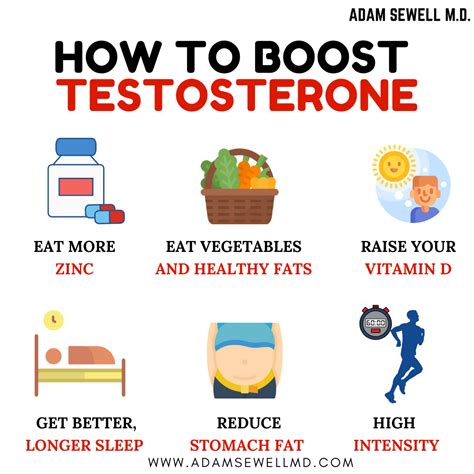Best strategy to overcome strength training plateaus for peak performance?

Every serious lifter encounters them: the dreaded strength training plateaus. These are periods where progress in a specific lift or overall strength stalls, despite consistent effort. While frustrating, hitting a plateau is a natural part of the fitness journey and often signals that your body has adapted to your current routine. Overcoming these hurdles is crucial for continuous growth and achieving peak performance. This article will outline the most effective strategies to break through plateaus and reignite your progress.
Understanding the Plateau Phenomenon
A strength training plateau occurs when your body’s adaptive response to a stimulus diminishes. Initially, your muscles grow stronger and adapt quickly to new demands. However, over time, the same stimulus becomes less effective. This can be due to a variety of factors including insufficient progressive overload, inadequate recovery, poor nutrition, or simply doing the same routine for too long. Recognizing the cause is the first step toward finding a solution.

Strategy 1: Rethink Progressive Overload
Progressive overload is the fundamental principle of strength training, meaning you must continually increase the demands on your muscles to make them grow stronger. If you’ve stalled, it’s time to get creative with how you apply it:
- Increase Weight: The most obvious, but not always possible. Try micro-loading (adding very small increments like 1.25 lbs).
- Increase Reps or Sets: If you can’t lift heavier, perform more repetitions with the same weight or add an extra set.
- Decrease Rest Times: Shortening the rest periods between sets can increase the intensity and challenge your cardiovascular system as well.
- Improve Form: Sometimes, a slight improvement in technique allows you to lift more efficiently and safely, translating to higher numbers.
- Increase Time Under Tension (TUT): Slow down the eccentric (lowering) phase of an exercise to place greater stress on the muscle.
Strategy 2: Vary Your Training Program
Your muscles are incredibly adaptable. Doing the same exercises, rep schemes, and training split for too long can lead to stagnation. Introduce variety to shock your system:
- Exercise Variation: Swap out similar exercises. For example, if your barbell bench press is stalled, try dumbbell bench press, incline press, or dips for a few weeks.
- Rep Range Variation: If you always train in the 8-12 rep range, try a few weeks of lower reps (3-5) for strength, or higher reps (15-20) for hypertrophy and endurance.
- Periodization: Implement a planned cycling of training variables (intensity, volume) over specific periods. This could involve block periodization (distinct phases for strength, hypertrophy, power) or undulating periodization (varying daily/weekly).
- Training Split Changes: Switch from a body part split to an upper/lower split, full body, or push/pull/legs routine to change the frequency and recovery patterns.

Strategy 3: Optimize Nutrition and Recovery
Training breaks down muscle, but nutrition and recovery build it back stronger. These are often overlooked aspects when progress stalls.
- Caloric Intake: Ensure you’re eating enough calories, especially if you’re in a deficit. A slight caloric surplus can be crucial for breaking strength plateaus.
- Protein Intake: Aim for 1.6-2.2 grams of protein per kilogram of body weight to support muscle repair and growth.
- Hydration: Dehydration can severely impair performance and recovery. Drink plenty of water throughout the day.
- Sleep: Prioritize 7-9 hours of quality sleep per night. This is when your body repairs and releases crucial growth hormones.
- Stress Management: Chronic stress elevates cortisol, which can hinder muscle growth and recovery. Incorporate stress-reducing activities.

Strategy 4: Implement Deload Weeks
A deload week involves intentionally reducing the intensity and/or volume of your training for a short period (typically one week). This allows your body and central nervous system to recover fully, repair micro-traumas, and reduce accumulated fatigue. Many lifters find that after a deload, they come back stronger and are able to break through previous plateaus.

Strategy 5: Incorporate Advanced Training Techniques
For more experienced lifters, specific techniques can provide the extra stimulus needed to overcome a plateau:
- Drop Sets: Perform a set to failure, then immediately reduce the weight and continue for more reps.
- Supersets/Giant Sets: Perform two or more exercises back-to-back with minimal rest to increase intensity and volume.
- Rest-Pause Training: Perform a heavy set, rack the weight, rest for a short period (10-20 seconds), and then perform more reps.
- Cluster Sets: Break down a set into several mini-sets with short intra-set rests to lift heavier loads for more total reps.
- Accessory Work: Identify weak links in your main lifts and target them with specific accessory exercises (e.g., triceps for bench press, glutes for squat).
Conclusion
Strength training plateaus are inevitable, but they are not insurmountable. By strategically adjusting your training variables, varying your routine, optimizing nutrition and recovery, incorporating deloads, and utilizing advanced techniques, you can effectively break through these barriers. Remember to be patient, consistent, and always listen to your body. With a calculated approach, you’ll not only overcome your current plateau but also pave the way for sustained progress and achieve your peak performance potential.








